6 successful and rewarding restaurant concepts
Skip the article and turn takeaways into action by scheduling a call with our team.
Restaurant concepts have flourished in prosperous civilizations for ages. The oldest restaurant in Germany, for example, was built to feed bridge builders in the year 1135. Our modern idea of restaurant concepts has expanded over the last few centuries, with French cuisine and culture creating much of what we now consider to be the norm in food service. Today successful restaurant concepts are so familiar people forget that they’re culturally specific.
Nailing down a type of restaurant concept isn’t just an academic exercise. Doing so can help clarify the restaurant owner’s vision and what the restaurant dining experience should be. Clearly defining a restaurant concept can also make the establishment relatable to potential customers.
So, let’s discuss the main types of restaurant concepts in North America. We’ll look at how they work and how knowing the differences may help you develop your own restaurant concept.
6 different restaurant concepts to consider
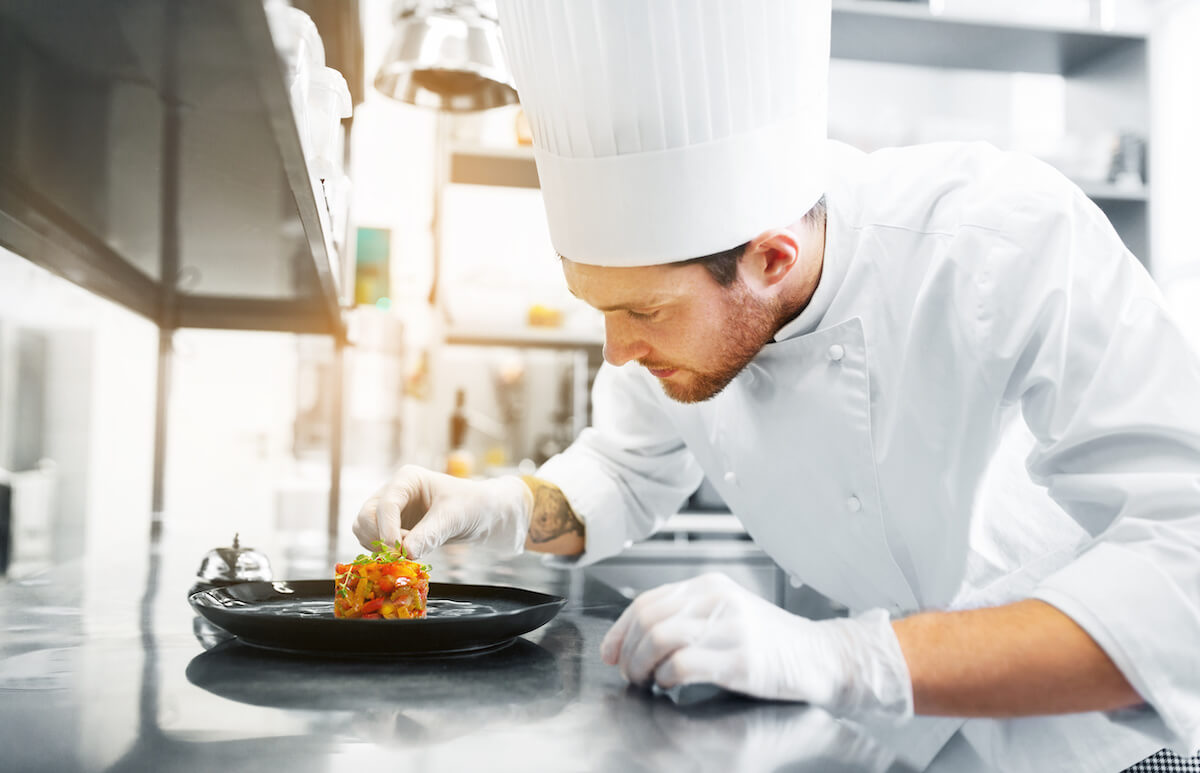
Some may straddle the line between two ideas, but restaurants in North America usually fall into one of the following six categories of restaurant concepts:
1. Fine-dining restaurants
Fine-dining restaurants represent the continuing evolution of the French concept of “haute cuisine.” These restaurants aim for high-quality food and dining experience. Menu items can range from classic to avant-garde. There’s often an emphasis on elegance in the dining room, though there’s a lot of room for interpretation.
Rather than being stuffy, fine-dining restaurants can be wonderful places to explore new cuisine and for top-notch chefs to shine. They can feature original and exciting plating techniques or offer unique dining concepts like dining in the dark or edible tableware.
Consequently, fine-dining restaurants often represent the cutting edge of the culinary world. They’re places where people go to spoil themselves and indulge in fine food and VIP treatment. Done well, a fine-dining restaurant can make for a truly memorable experience for customers. Done poorly, with underwhelming food, dated ambiance, or lackluster service, they can quickly draw ire. Customers have high expectations when eating at a chic, upscale restaurant.
2. Family-style restaurants

Family-style restaurants are relaxed, down-to-earth table-service restaurants. As the name might indicate, they’re geared towards a broad audience and tend to serve comfort food. There are thousands of independent restaurants in this category as well as nationwide chains like Chili’s, Applebee’s, and many others.
Family-style restaurants can serve a wide variety of food, usually according to the restaurant theme. Common examples include classic American, Mexican, Thai, Chinese, and many more. In addition to familiar dishes and reasonable prices, the atmosphere is suited to casual dining. Family-style restaurants with dress codes are pretty much unheard of.
Small, family-style restaurants often need to be updated and tweaked to keep up with the times. Fortunately, it is possible to update the design without breaking the bank.
One perk of running a family restaurant is that restaurateurs can often count on regular customers. Whereas customers may only go to fine-dining restaurants for special occasions or just for a treat, family-style restaurants may see visitors weekly or more. Friendly and relaxed service is a hallmark of family restaurants, which represent a massive industry all on their own.
3. Cafés and coffee shops
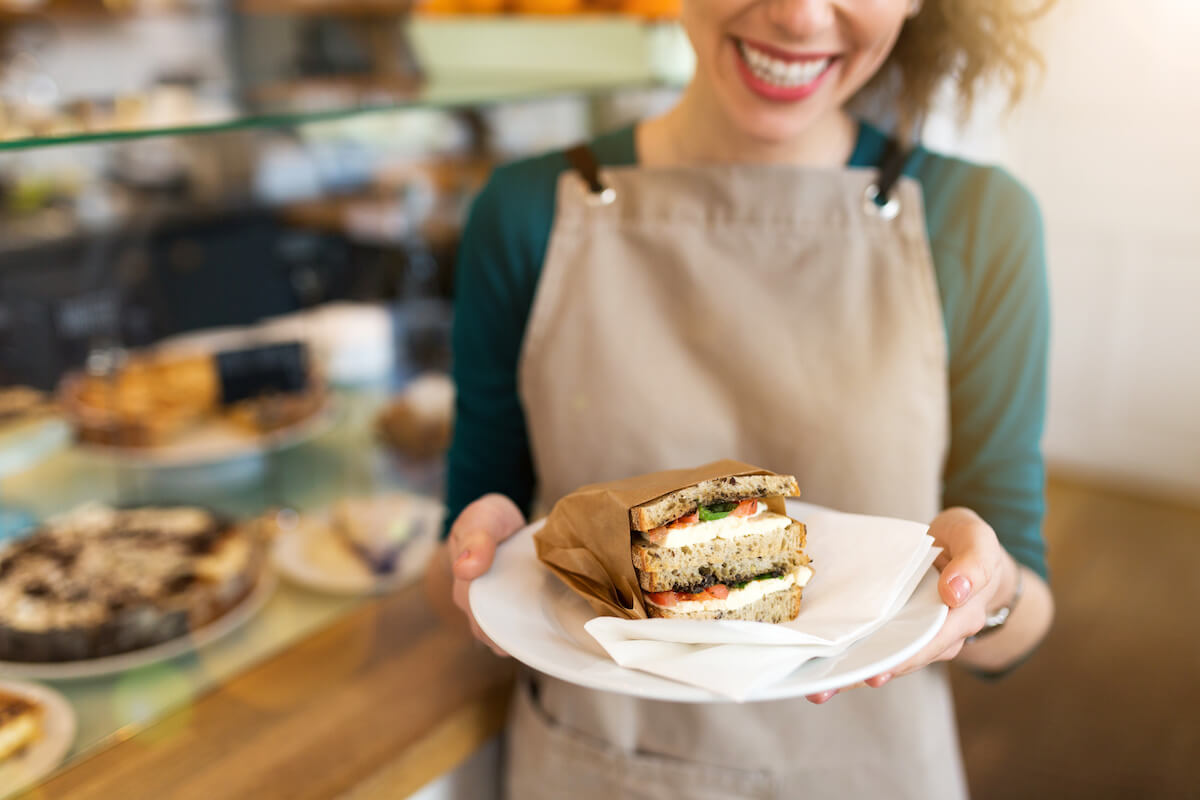
With limited menus and quick, counter-order service, cafés and coffee shops straddle the line between restaurant and hang-out spot. Cafés and coffee shops offer a broad range of snacks like pastries and cakes and may offer quick-service items like sandwiches, quiche, or other easy-to-prepare items.
A pleasant ambiance is one of the most crucial aspects of a coffee shop and can set it apart from competitors. Indeed, there are countless varieties of cafés, and they’re a home away from home for many customers. Comfortable seating and good Wi-Fi are a must since many people choose to work from these locations.
4. Fast-casual restaurants
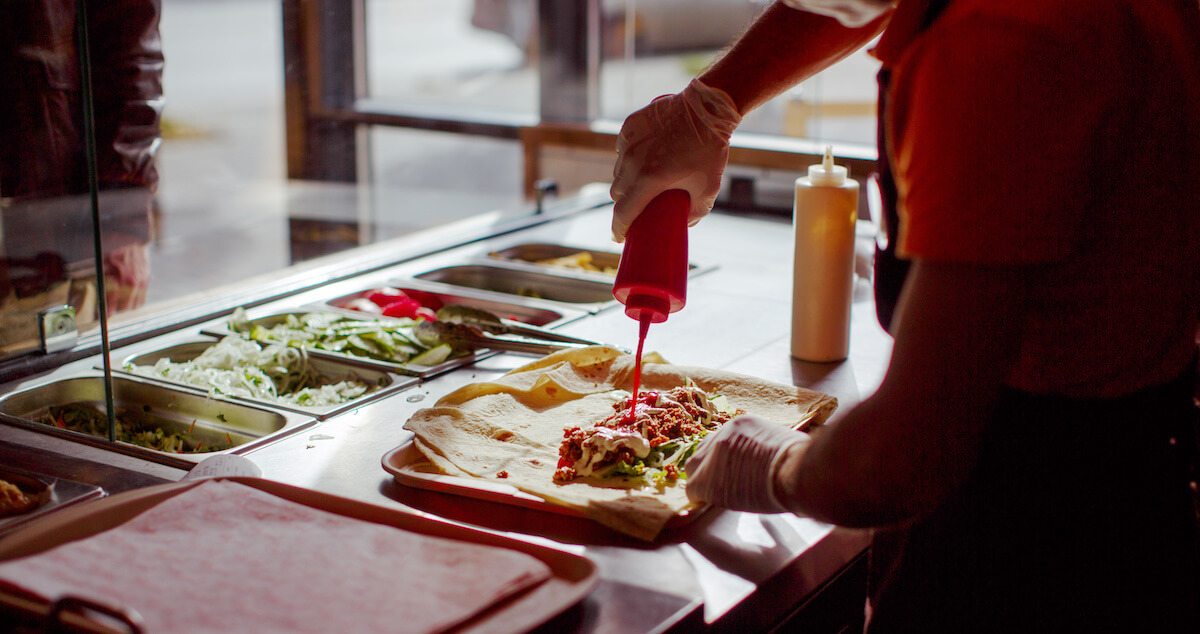
Fast-casual restaurants are a fairly new concept in North America, though they’ve been around elsewhere for some time. Like family restaurants, fast-casual restaurants make food to order and focus on food quality and a variety of menu items. Customers order at the counter but can sit and enjoy the ambiance and seating options. Generally, however, the seating is not as comfortable as it would be at a family restaurant, as comfortable seating leads to less seat turnover.
The “fast” part of fast-casual refers to both the speed the food is served and the amount of time customers spend in the restaurant. Common features of fast-casual restaurants include pre-prepared ingredients that customers can choose for an assembled item. Perhaps the most classic example is a burrito restaurant like Chipotle, but the model can work for several different food styles.
Fast can also reference just how quickly this model has exploded in popularity. Since freshness and healthy options are increasingly popular with millennials and younger generations, the restaurant industry’s fast-casual segment is growing at nearly 12% annually. This represents a whopping $186 billion in growth. Fast-casual restaurants are generally regarded as a healthier option to fast food.
5. Fast-food restaurants
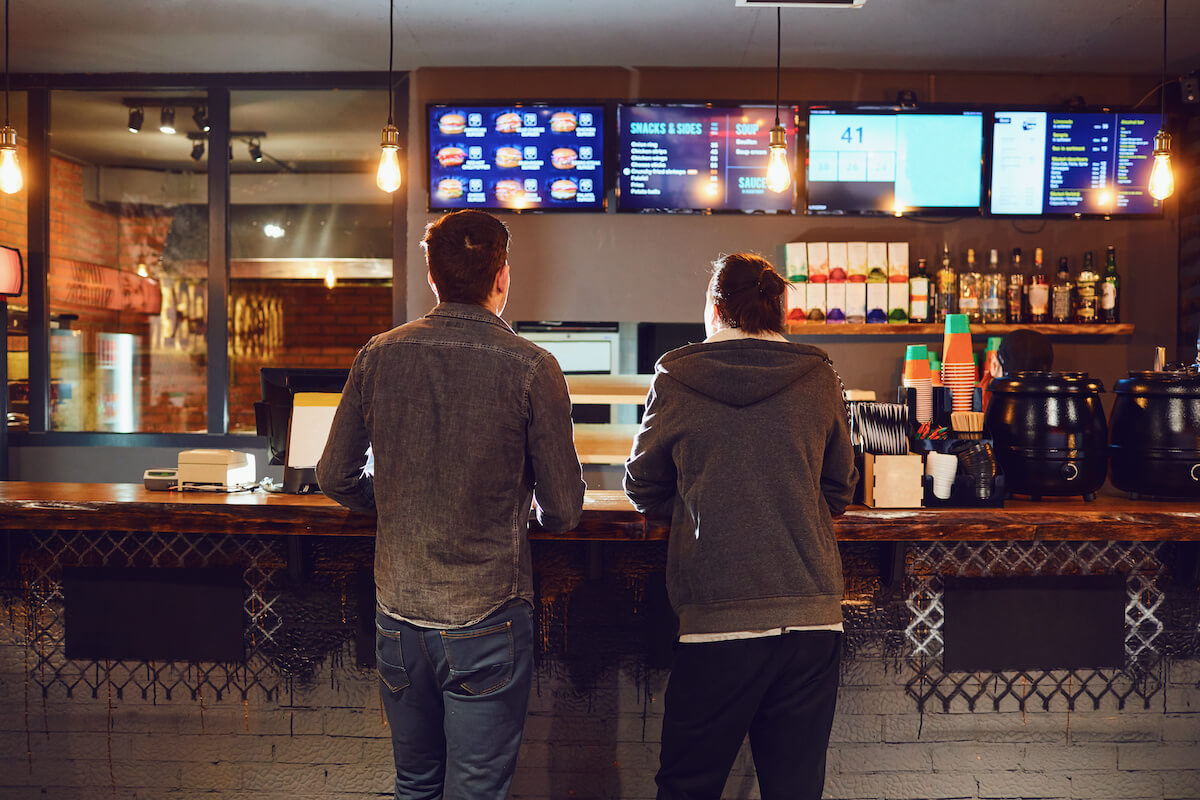
Fast-food restaurants are an iconic part of American culture and have been adopted worldwide. The model most frequently relies on pre-prepared food that’s ready to go when customers order it. Customers on a time crunch have long relied on fast food for a quick meal on the go, often ordering it via drive-thru and eating it in their car.
In recent decades, fast-food restaurants have received a lot of flak for being unhealthy, and many fast-food chains have adopted some healthy options. That said, there are multiple reasons McDonald’s, KFC, and the like have had overwhelming international success. The research that goes into new menu items at fast-food chains is astounding, and the business model and logistics side are truly impressive.
Independent fast-food restaurants can also do well and gain significant local popularity. Austin’s P. Terry’s Burger Stand is a perfect example, and residents of other cities will happily brag about their favorite local fast-food joint. Even if fast food is seen by many as a guilty pleasure, it’s earned a solid place in the culinary scene and customers’ hearts.
6. Food trucks
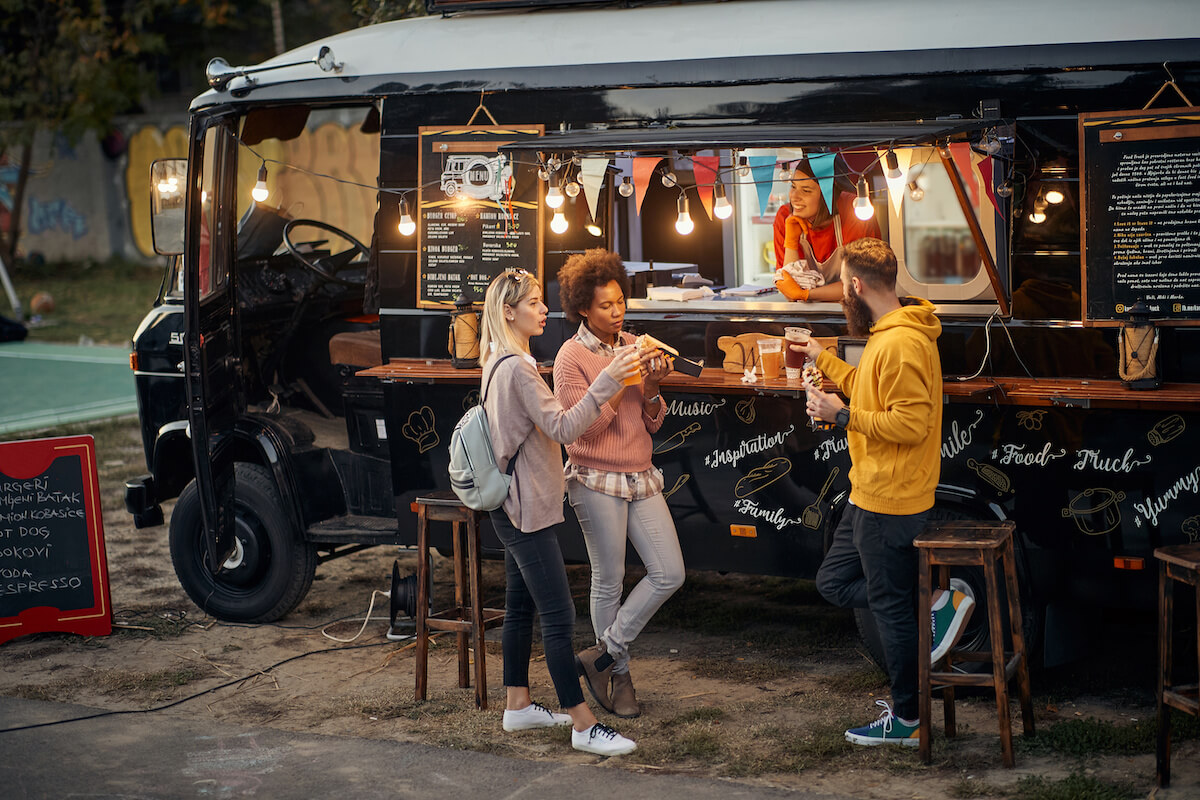
Though street food has been around since there have been streets, the U.S. has witnessed a food-truck revolution in recent years. Food trucks represent less startup cost for new restaurateurs and, as a mobile platform, can travel to where they’re needed. Seating is either minimal, like foldable tables and chairs, or non-existent.
There are countless types of food trucks, and more pop up every day. A classic taco truck can do well just about anywhere in the country, and many have. Another storied Austin restaurant, Torchy’s Tacos, started as a humble food truck but now has a whole nationwide chain.
Considering starting a new restaurant?
While there are countless unique restaurants, most of them broadly fall into the above six categories. Restaurateurs looking to start a new restaurant would do well to define just what kind of restaurant concept they’re going for when they’re developing their business model. Many new concepts, like fast casual, have arisen from market demand that falls between previously developed categories.
In addition to considering different restaurant concepts, remember the iron rule of running a restaurant: The food has to be delicious.
In addition to having a solid restaurant concept and tasty cuisine, having reliable software to run that restaurant is a must in this modern era. If you’re looking for software that provides top-notch table management and syncs with point of sale services and online ordering, Yelp Guest Manager may be just what you’re looking for.
Do you want to see if it’s right for you? Reach out to us for a free demo, and we’ll show you the ropes. It’s flexible enough to suit any restaurant concept, whether you’re running a taco truck or aiming for a Michelin star.